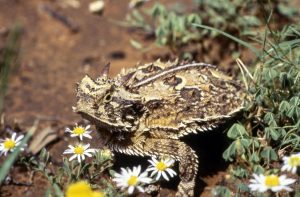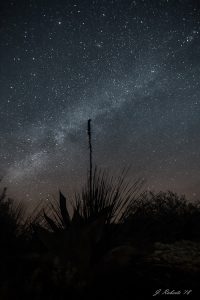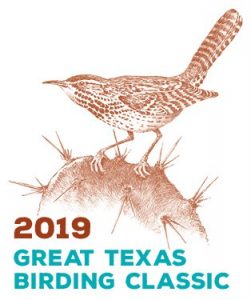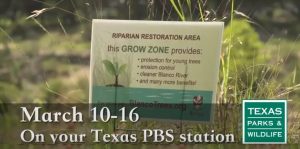San Antonio Zoo’s Horned Lizard “Factory”
Tuesday, March 19th, 2019 San Antonio Zoo's Horned Lizard "Factory" Hide Player | Play in Popup | Download
San Antonio Zoo's Horned Lizard "Factory" Hide Player | Play in Popup | DownloadThis is Passport to Texas
The horned lizard, or horny toad, is a charismatic creature and beloved by Texans of a certain age.
Mostly people my age. So, anyone that wasn’t around in the eighties probably hasn’t seen a horned lizard in the wild.
That’s Dr. Andy Gluesenkamp, Director of Conservation at San Antonio Zoo. Let’s just say he’s not a millennial. Andy heads up a horned lizard breeding program at the zoo, which is where I visited him in early October of last year.
We are in the main room of the conservation center. And if you look around the walls, there are rack after rack of ten-gallon aquariums. Each one with a Texas horned lizard in it. And this is what I like to call the beginning of our horned lizard factory.
You might wonder why we need a horned lizard factory—or breeding program—for the Texas State Reptile. Truth is: the little critters are getting scarce.
Although horned lizards are still doing really well in parts of their range, they’ve disappeared from about a third of their range in Texas. And that just so happens to be that portion of Texas where most Texans live.
Urbanization and the introduction of non-native grasses impact horned lizard populations. Andy Gluesenkamp says once lizards reach maturity, they will be released into areas that can support them.
We receive support in part from RAM Trucks: built to serve.
For Texas Parks and Wildlife…I’m Cecilia Nasti.






 Passport to Texas is a
Passport to Texas is a  Passport to Texas is made available by:
Passport to Texas is made available by: